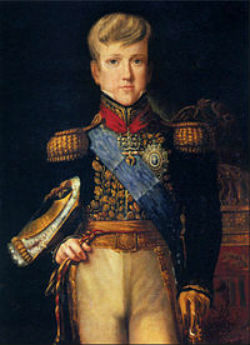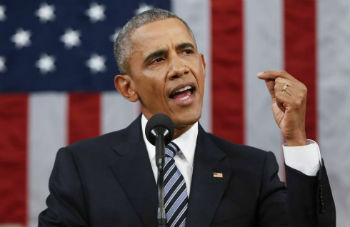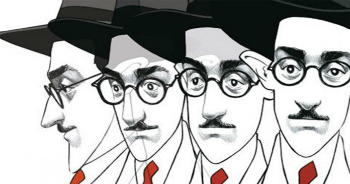Neil Armstrong (1930-2012) was the first man to set foot on the moon on July 20, 1969.
Armstrong was an American astronaut, naval pilot, and aeronautical engineer, and by many he is considered one of America's greatest heroes.
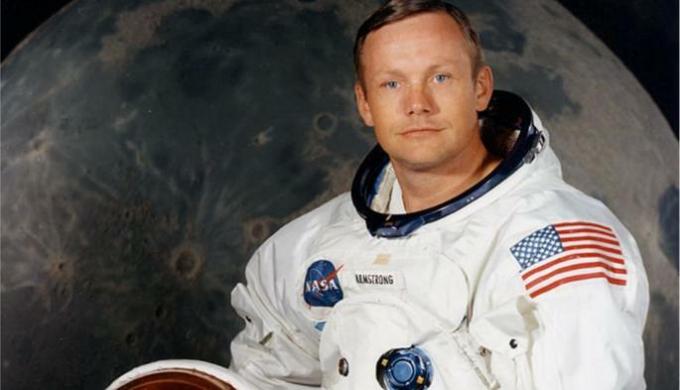
Neil Alden Armstrong was born in Wapakoneta, Ohio, on August 5, 1930. From an early age, he showed his interest in aircraft, going to work at an airport as a young man.
At just 19 years old he joined the US Navy where he served for 3 years. Between 1949 and 1952, Neil was a Navy fighter pilot working in the Korean War (1950-1953).
He studied Aeronautical Engineering and did a Masters in Space Engineering. He began working as a test pilot and, in 1962, was called by NASA to exercise the post of astronaut.
In 1966, he participated in the Gemini 8 mission, the sixth manned voyage of the Americans and the first to dock in space. As this one did not go as expected, the two crew, Armstrong and David Scott, had to make an emergency landing.
Undoubtedly, the cold-bloodedness displayed by pilot-in-command Neil Armstrong made him the ideal candidate for the Apollo 11 mission.
In the midst of Space Race, Armstrong gathered the desired qualities for a mission like that, as he was calm and extremely focused on his work.
Therefore, he was chosen to be the head of the mission and the first to descend on lunar ground, in 1969, leading the Apollo 11 crew.
Trip to the moon
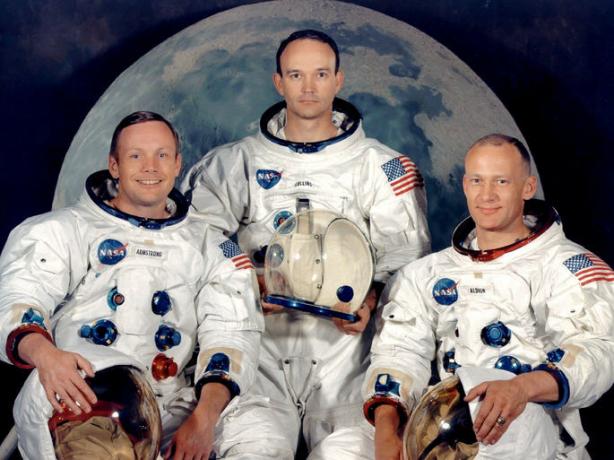
Armstrong assumed the post of commander of the Apollo 11 mission and set foot on the moon on July 20, 1969, accompanied by astronauts Edwin Aldrin Jr. and Michael Collins.
The spacecraft was launched on July 16, 1969, at Kennedy Space Center in Florida. It arrived on the moon within 4 days, covering a distance of 384,000 kilometers.
The moment he set foot on lunar soil, he uttered a phrase that has been marked in human history:
“It's a small step for man and a giant leap for humanity.”
After 20 minutes of walking and jumping on the moon's surface, his colleague Aldrin also walked on the satellite. They stayed there for about two and a half hours, taking pictures and collecting rocks.
In addition, a United States flag was planted on the site. The broadcast was broadcast live to thousands of people around the world.
Life after the trip to the moon
Easy-going and averse to exposure, Armstrong gave few interviews after his trip to the Moon.
In 1971, he left the American Space Agency (NASA) and went on to be a professor at the University of Cincinnati, Ohio. He then served for two years as chairman of the President's Advisory Committee for the Peace Corps (1971-1973).
In 1978, he received from US President Jimmy Carter the “Congressional Space Medal of Honor,” an award created in 1969 to honor the great astronauts. Armstrong was the first astronaut to receive it.
In the mid-1980s, he participated as a member of the National Space Commission (1985-1986).
In 1986, he was Vice Chairman of the Presidential Commission for the Investigation of the Challenger Space Shuttle Crash. In addition, he has worked in several private companies.
Even after he retired, Armstrong continued to lecture. Neil was very reserved and some details of his personal life are still unknown. It is known, therefore, that he was married twice and had two children.
death
Neil Armstrong passed away in Cincinnati, Ohio, on August 25, 2012, aged 82 years. The astronaut had complications from a surgery he had performed on his heart a few days earlier.
Neil Armstrong Trivia
The Apollo 11 mission was your last space trip.
In 1969, Neil Armstrong and Michael Collins came to Brazil and were awarded the Order of Cruzeiro do Sul.
In 1988, he participated in an experiment with over 99 people who traveled around the world in a Boing 77. The trip took about 37 hours to complete.

